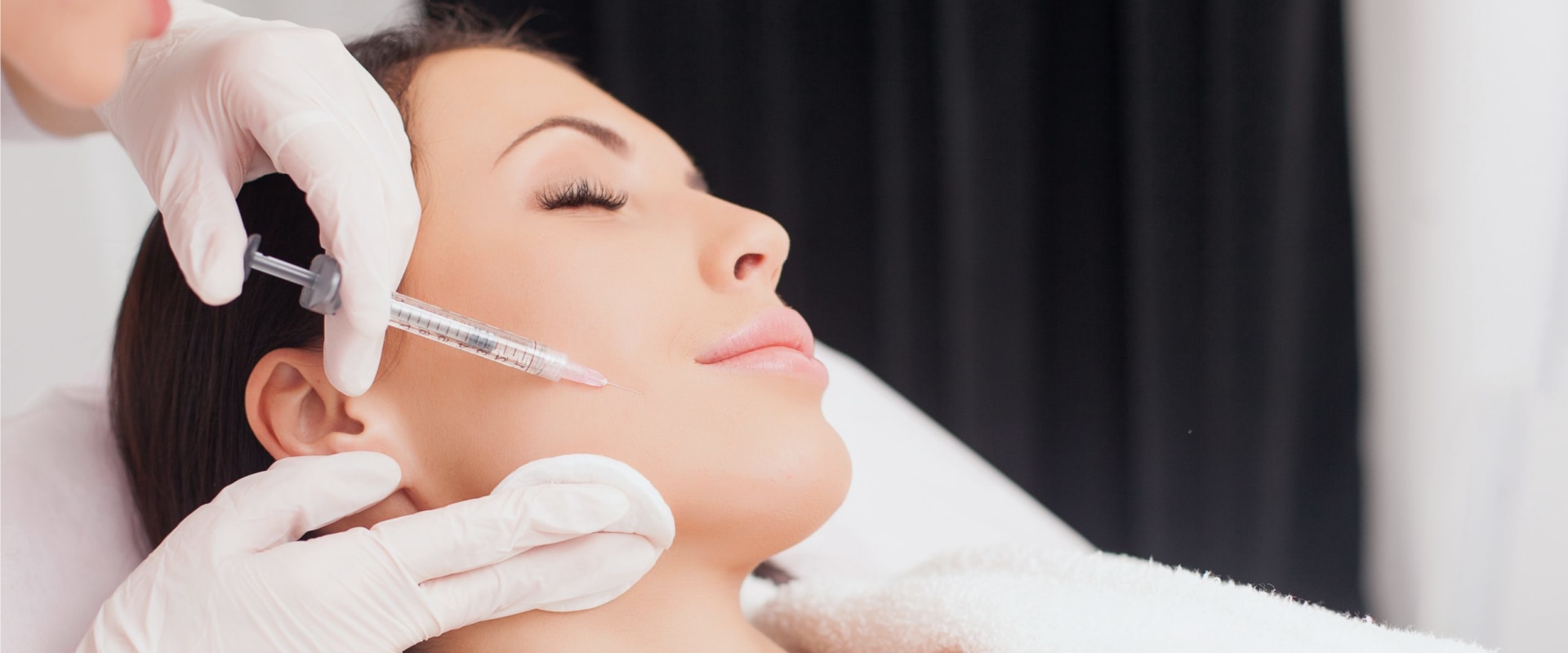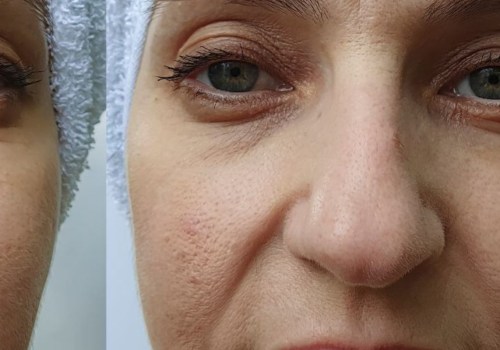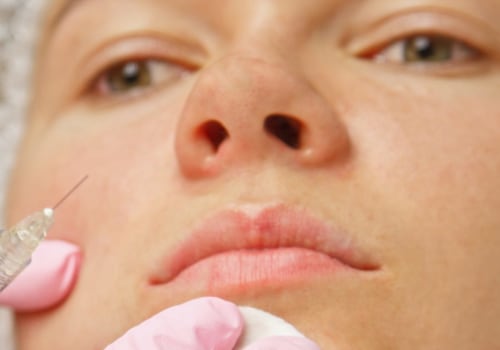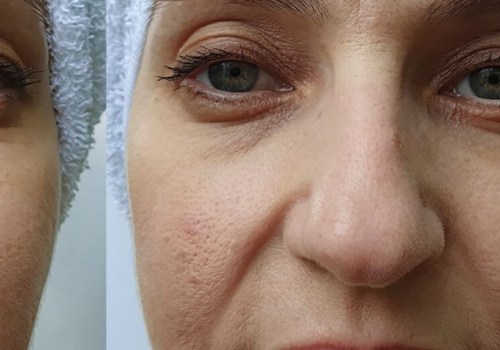How Long Should You Wait for Botox Touch-Up?
Understanding Botox Touch-Ups
A Botox touch-up is a small follow-up injection given after the initial Botox treatment to enhance or refine the results. Touch-ups can help address areas that may not have responded fully or to correct minor asymmetries. Knowing when to get a touch-up is crucial for achieving balanced and long-lasting results without risking overtreatment.
When Should You Get a Botox Touch-Up?
The best time to get a Botox touch-up is typically 2 weeks after the initial treatment. Here’s why:
- Full Effects Visible: Botox takes about 7 to 14 days to show its full results. Waiting for at least 2 weeks allows your provider to assess how your muscles have responded and determine if any additional adjustments are necessary.
- Preventing Overcorrection: Getting a touch-up too soon may lead to overtreatment, as the initial results might not have settled in completely. This can cause an unnatural or "frozen" look.
- Enhancing Symmetry: After 2 weeks, any asymmetries or uneven areas will be more apparent, making it the ideal time for fine-tuning with a touch-up.
How Long to Wait Between Full Botox Treatments?
While touch-ups can be done within 2 weeks, it’s recommended to wait at least 3 to 4 months between full Botox treatments. This is because Botox’s effects typically wear off gradually over that period, and waiting allows the muscles to recover and maintain their natural strength. Over-treating with Botox can lead to resistance, where the product becomes less effective over time.
Signs You Might Need a Touch-Up
Not everyone needs a Botox touch-up, but some signs that indicate you may benefit from one include:
- Persistent Lines or Wrinkles: If certain lines or wrinkles are still visible after the initial treatment, a touch-up can provide additional smoothing.
- Uneven Results: If one side of the face appears more treated than the other, a touch-up can help balance the look.
- Desired Outcome Not Achieved: If the initial effect is less pronounced than expected, a small additional dose can enhance the results.
Consulting with Your Provider
Before getting a Botox touch-up, it’s important to consult with your provider to ensure that additional injections are necessary. A skilled injector can evaluate your results and determine if a touch-up is the right approach or if a different strategy is needed to achieve your aesthetic goals.
Conclusion
The best time for a Botox touch-up is typically 2 weeks after the initial injection, once the full results have settled. This timing helps prevent overcorrection and ensures that any areas needing enhancement are treated appropriately. For full treatments, it’s recommended to wait at least 3 to 4 months between sessions to avoid resistance and maintain natural muscle function. Consult your provider to determine the best timing and approach for your specific needs.




